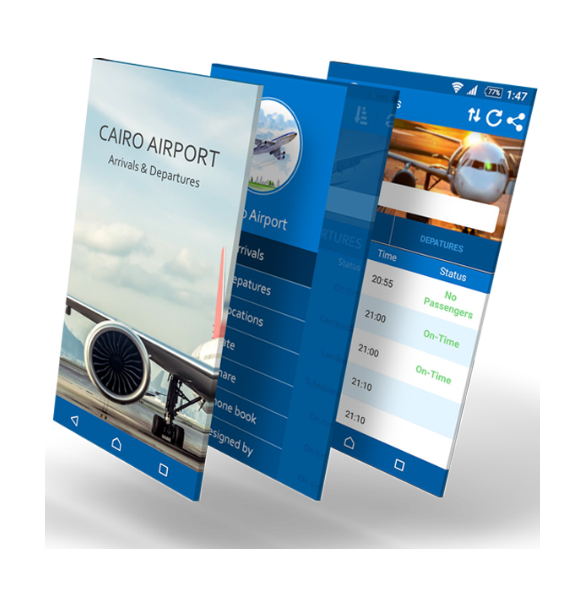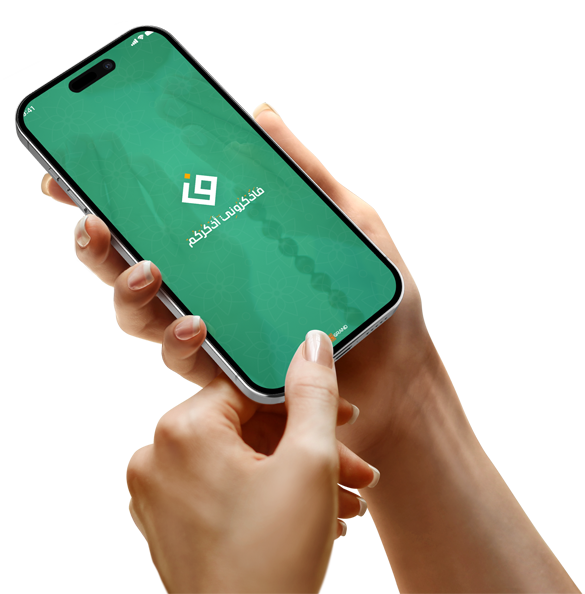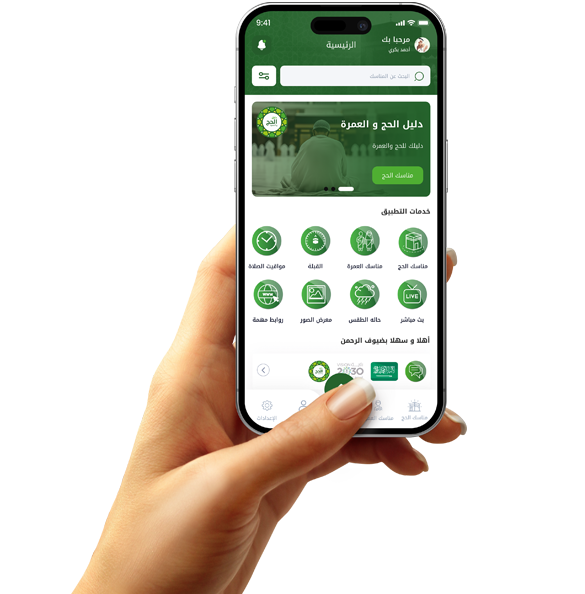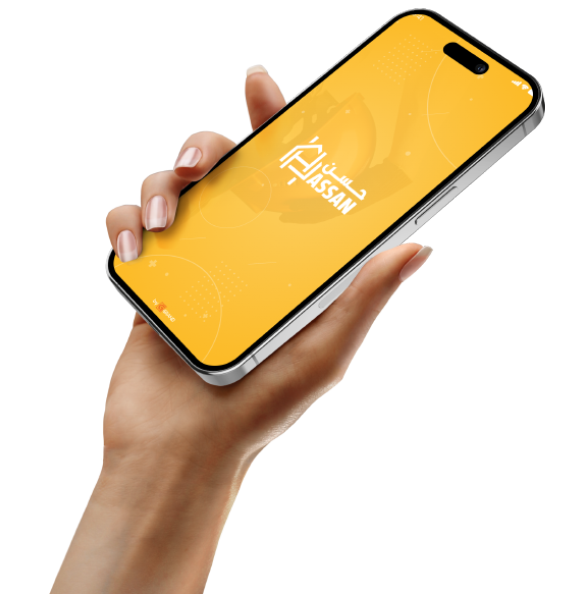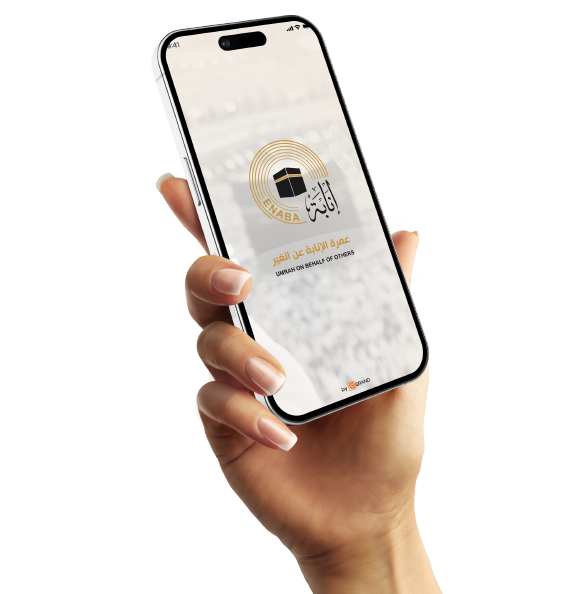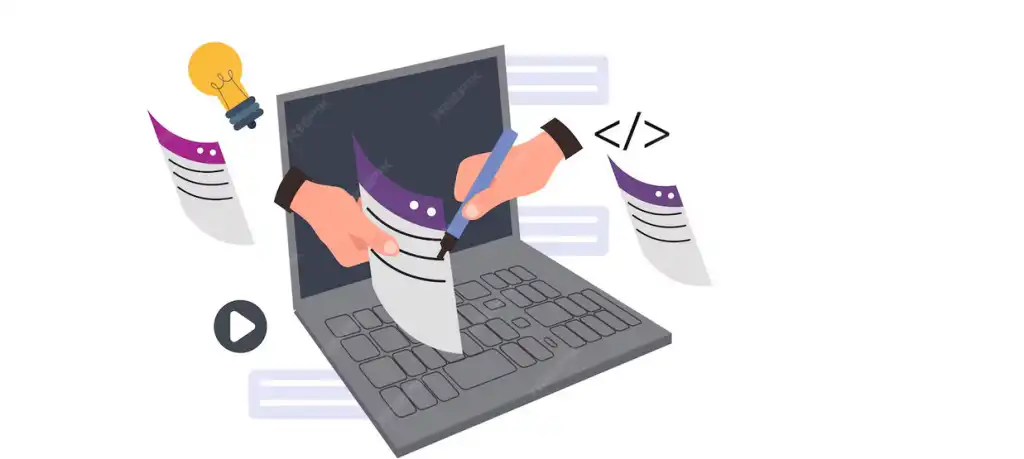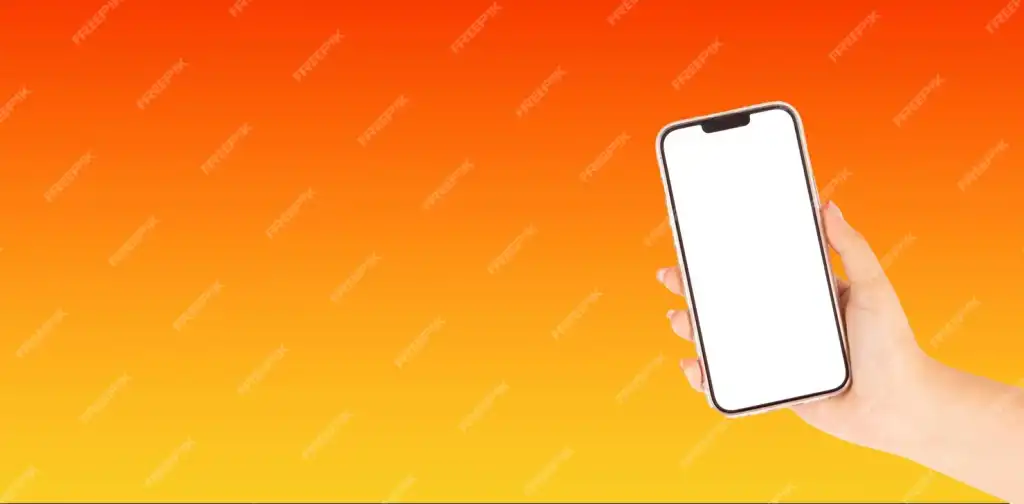How app notifications are changing the way consumers think
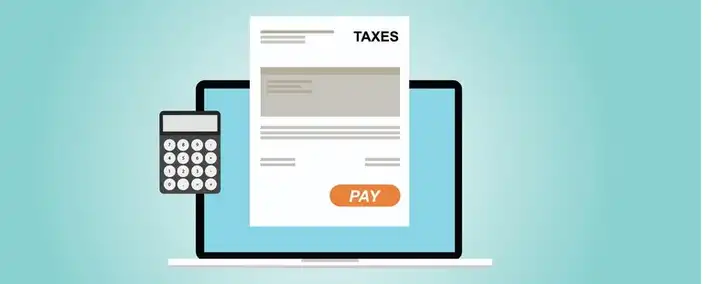
Unobtrusive Notifications: How to Balance Attention and Privacy
The biggest challenge with app notifications is preventing them from becoming a nuisance. Users respond positively to smart notifications and become annoyed by repetitive, spam messages. This is where balance comes in.
Professional software companies design notification systems that focus on intelligent personalization, so messages reach the right user, at the right time, with the right content.
The first key to this balance is allowing the user to take control. Giving the user the option to select the type and frequency of notifications they receive enhances their comfort and trust in the app.
Second, notifications must have real value: a real discount, an important alert, or a useful reminder. A useless notification quickly leads to muting the notifications or deleting the app.
Timing plays a big role. Sending notifications in the middle of the night or during work hours reduces engagement and even opens the door to annoyance.
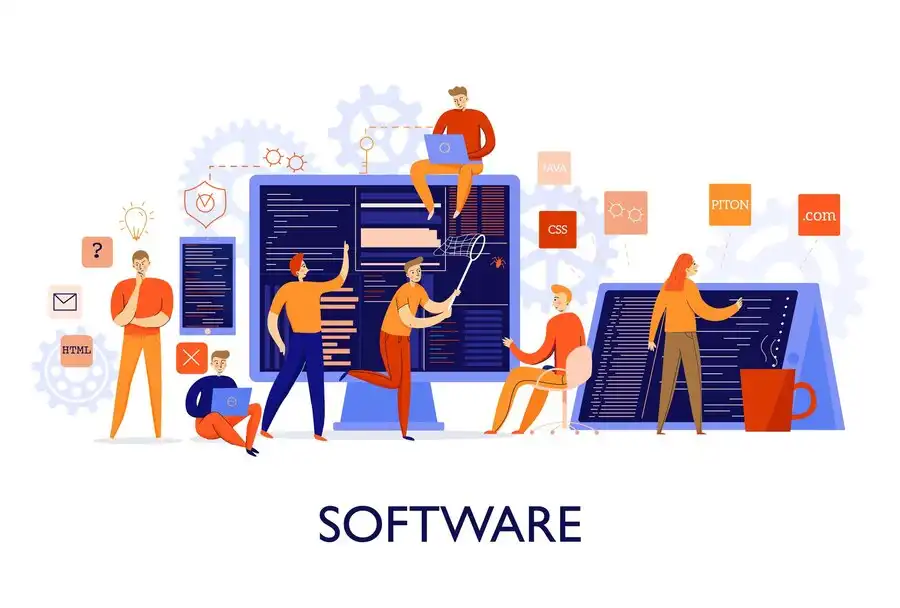
Decision-Triggered Notifications: How Do They Impact Impulse Purchasing?
Many purchasing decisions occur on impulse, and this is where notifications come in as an immediate marketing tool that motivates users to make a quick and immediate decision.
When a user sees a notification titled "Offer Expires in 2 Hours" or "Only 2 of this product left," their mind automatically begins to think about an opportunity that shouldn't be missed.
This type of message creates urgency or FOMO (fear of missing out), a powerful psychological trigger that drives consumers to make a quick decision.
Smart app companies take advantage of this well, programming flexible notifications that change based on inventory, time, or previous user behavior within the app.
Imagine an app sending you a notification about a special discount on a product you added to your cart days ago—it's not just a notification, it's a call to action.
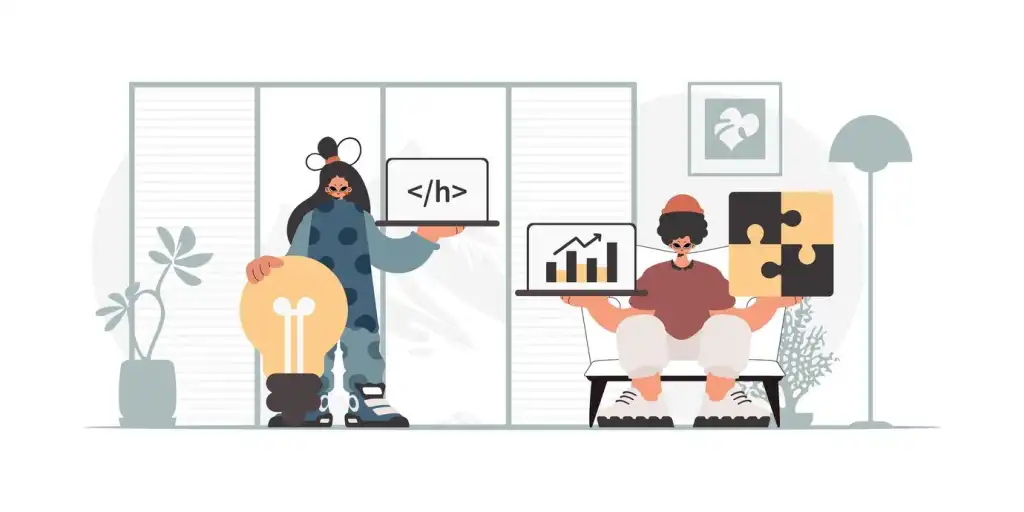
Seasonal Notifications: How to Boost Your Sales During Seasons and Special Offers
Seasons, holidays, and special campaigns represent golden opportunities for apps to increase sales, but success is only achieved if the user knows about the offer. This is where notifications come into play.
Seasonal notifications attract attention because they arrive at a time when users anticipate discounts or surprises, making them more likely to interact and respond.
Advanced software companies build flexible notification systems that allow for scheduled alerts to be sent before, during, and after any seasonal campaign, with the ability to customize the message based on the user's category or purchase history.
For example, a notification at the beginning of the week that reads "Save this date: Holiday sales start Friday" creates anticipation in the customer.
Then, on the day of the campaign, a direct notification reads: "Offer starts now – up to 50% off your favorite products." At the end of the day, a closing notification reads: "Only a few hours until the end of the sale."
This chronological sequence creates a short story of suspense and increases the likelihood of user engagement and purchase than a sudden, disconnected notification.
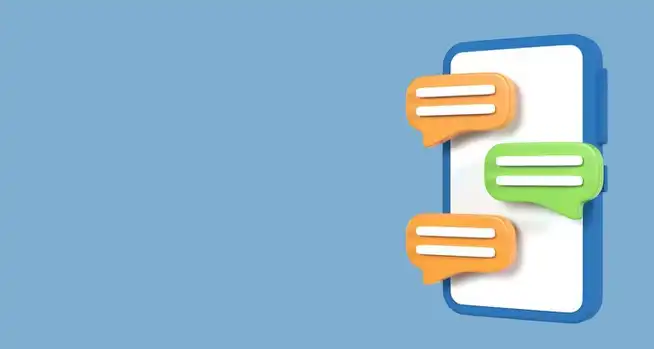
From Notification to Habit: How Do Notifications Create a Daily Routine for the User?
The most powerful apps aren't those that are used only once, but rather those that become part of the user's daily routine. This is where notifications play a crucial role in creating this habit.
When a user receives a daily notification at a familiar and appropriate time, their brain begins to associate that time or context with using the app, just as you get used to your morning cup of coffee.
Successful software companies understand this psychological behavior and design notification systems based on regularity and value. A useful notification every day at the same time can become an automatic habit for the user to open the app.
For example, a shopping app that sends a notification every morning with a new exclusive offer, a nutrition app that sends a recipe at lunchtime, or a workout app that reminds you to exercise—all of these notifications activate a "habit."
From here, the app transforms from a mere tool to a daily companion. Over time, the user's reliance on reminders decreases and they begin using the app automatically.



